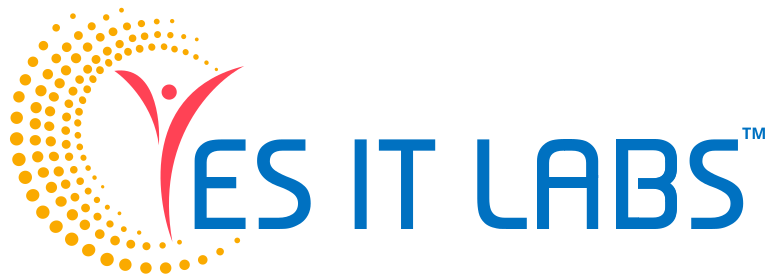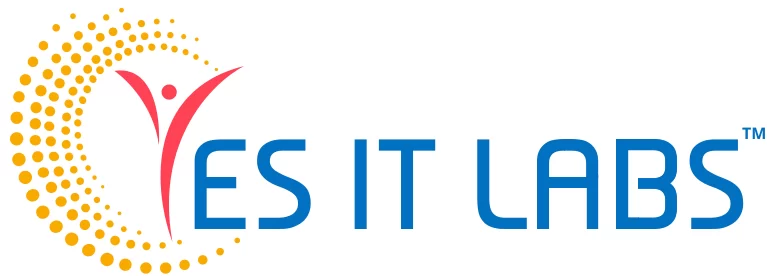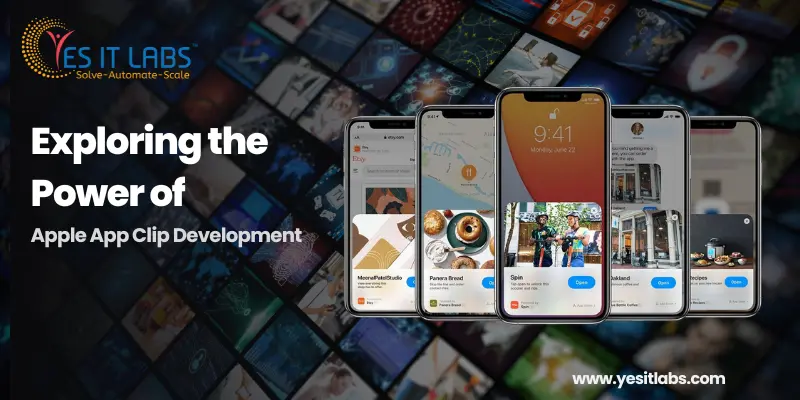Introduction
In the ever-expanding realm of mobile applications, developers constantly seek innovative ways to engage users and enhance their experience. Apple, renowned for its forward-thinking approach, introduced Apple App Clips to revolutionize the way users interact with apps. In this blog post, we will delve into the realm of Apple App Clip development, exploring its potential and discussing how developers can harness its power to create seamless and efficient app experiences.
Understanding Apple App Clips
Apple App Clips are lightweight versions of full-fledged applications that provide specific features or functionalities to users without the need for complete app installation. App Clips are designed to be fast, focused, and easily discoverable, offering a frictionless user experience. They can be accessed through various means, such as QR codes, NFC tags, or even links, making them highly versatile and accessible.
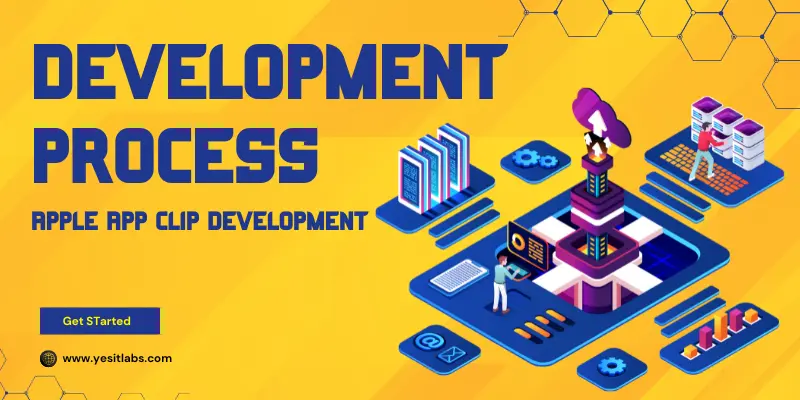
The Development Process
Developing an Apple App Clip involves a unique set of considerations and guidelines. To create a seamless user experience, developers must identify the key features that would benefit users in specific contexts and design the App Clip around those functionalities. The development process typically involves the following steps:
- Identify the Core Features: Determine the essential functionalities that users would require from the App Clip. Focus on providing a streamlined and efficient experience by eliminating unnecessary elements.
- Design the User Interface: Create a visually appealing and intuitive interface that aligns with the overall branding and user experience of the parent app. Keep in mind the limited screen space and aim for simplicity.
- Optimize Performance: App Clips should load quickly and respond promptly to user interactions. Optimize the code, minimize dependencies, and ensure efficient data retrieval to provide a smooth and responsive experience.
- Integration with Parent App: App Clips should seamlessly integrate with the parent app, allowing users to transition seamlessly between the App Clip and the full application, if desired. Shared data, such as user preferences or login credentials, should be synchronized between the two.
- Test and Iterate: Thoroughly test the App Clip across different devices and scenarios to identify and resolve any issues. Continuously iterate based on user feedback and evolving requirements.
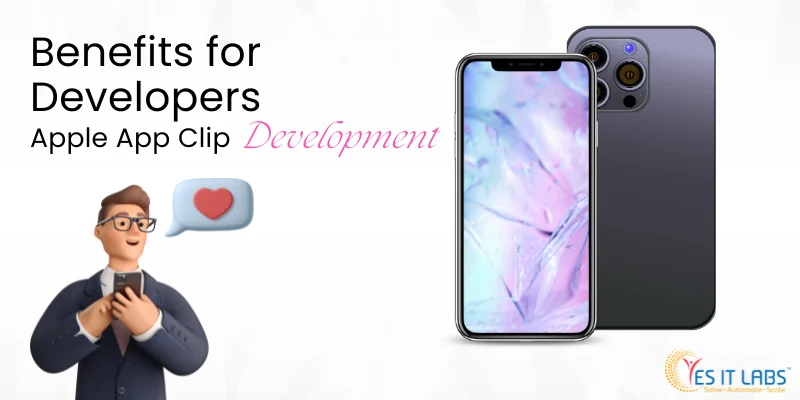
Benefits for Developers
Apple App Clip development offers several benefits for developers:
- Enhanced User Reach: App Clips allow developers to showcase the core features of their apps to a wider audience, potentially driving higher user engagement and app downloads.
- Simplified User Acquisition: Users can try out an App Clip without committing to a full installation, making it easier for developers to attract new users who may be hesitant to download a complete app.
- Improved User Experience: By providing focused and purpose-built functionalities, App Clips offer users a seamless and efficient experience, increasing their satisfaction and engagement.
- Cost-Effective Solution: Developing an App Clip requires fewer resources compared to a complete app, making it a cost-effective option for developers looking to provide specific features or services.
Conclusion
Apple App Clip development opens up new avenues for developers to create personalized and efficient app experiences. By harnessing the power of lightweight and focused functionalities, developers can reach a broader user base, enhance user engagement, and provide seamless experiences. As the app landscape continues to evolve, embracing Apple App Clip development can be a game-changer, offering developers a competitive edge and users a convenient way to access essential app functionalities.
